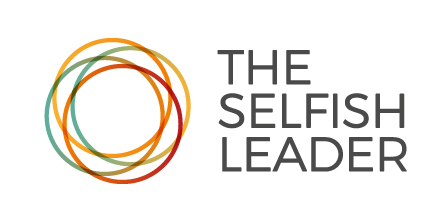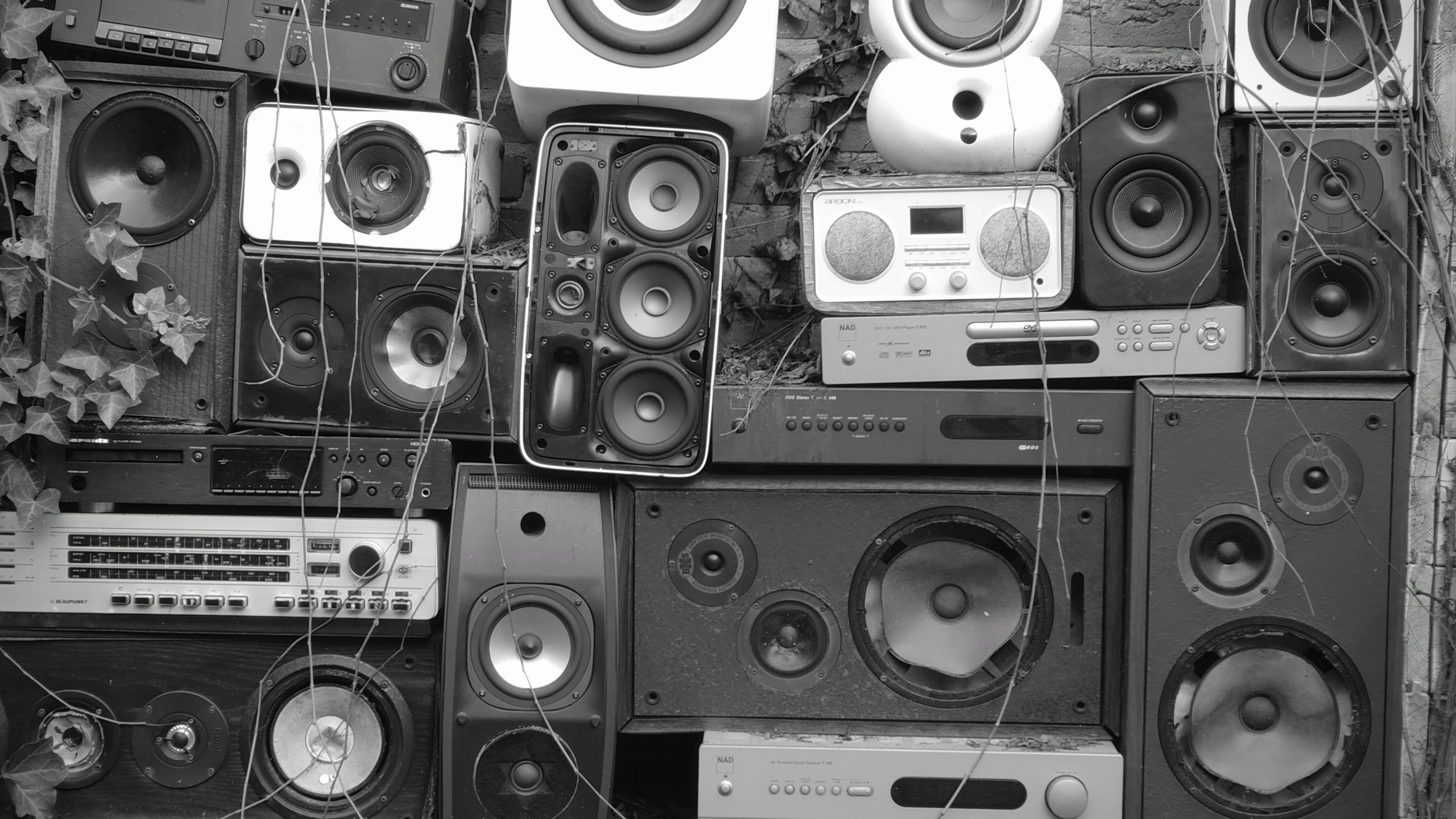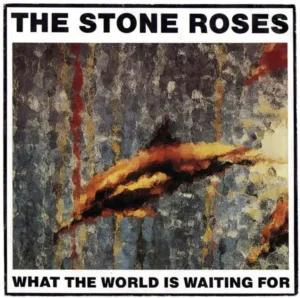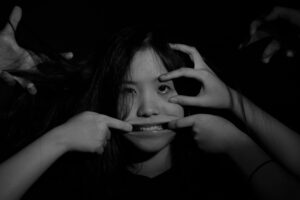One of the smaller pleasures I take from having moved to a different country, is encountering the unique nature of the local language. In moving between language and dialects, I love stumbling across words that are rich in a meaning that is hard to convey easily in English.
A few days ago, I visited an exhibition at The Lighthouse of Digital Art. This was a dazzling one-hour projection of shapes and colours created by code, accompanied by a stirring and evocative soundtrack; together they were designed to represent and invoke six different emotions. The theme of the piece was ‘Sehnsucht’.
Sehnsucht could be described as a deep yearning that is hard to articulate and yet pronounced. It “captures individual and collective thoughts and feelings about one’s optimal or utopian life” and could be defined as “an intense desire for alternative states and realizations of life.” [Scheibe, Freund and Baltes; 2007].
The feelings associated with this longing can be intense and unhappy, whilst also evoking positive and euphoric emotions. In this sense, there is a melancholic tone to Sehnsucht; “sweet-bitter” rather than bittersweet.
In this thought-provoking piece of research, it is suggested Sehnsucht goes beyond goal-orientation that tends to be rooted in a linear view of the future, and have instead an “ontogenetic tritime focus… [that] involve life as a whole and include simultaneously aspects of the past, present, and future.”
The authors also propose that there is a fantasy aspect to Sehnsucht, a longing for something that is ultimately unattainable and utopian. These fantasies are rich in a symbolism that might help us to understand what we might actually need in this moment. I recommend reading the paper, which offers a wider developmental psychology perspective on Sehnsucht.
The opening piece of the exhibition stayed with me. In these turbulent and troubled times that seem to be never-ending, it asked, what might we be longing for? And how might that be impacting us now?
It touched on something that has been hovering around me, a sense of incompleteness and yearning. Is there a utopian fantasy in there? What might I be longing for without realising it? It feels like something existential yet it may be something fundamentally simple.
Two days later, I attended a non-secular gathering at a former church in my neighbourhood. This group, the Church of Interbeing, offers ritual, community and ceremony without the dogma of any religion.
We were invited to explore this inquiry: what is sacred to me?
I found myself pondering what the word ‘sacred’ actually means, feeling my way into the idea that it is something inviolable, to be boundaried and protected. What holds that space in my life?
We explored the theme together in smaller groups. One of our group opened by suggesting that anything could be made sacred, that there is an inherent sacred quality to all existence if we allow ourselves to approach it that.
What emerged from this for me was something around the attitude and intention with which we approach life. The idea that anything can be made sacred feels like an act of craftmanship.
As continued the dialogue in the wider group, one member felt the quality of the space created in this gathering was itself sacred. A sound engineer, he likened it to Wellenfeldsynthese. I asked him what this fantastic sounding word meant and he explained it is an acoustical innovation in which speakers are arranged in a circular setting to create a three-dimensional waveform pattern.
Collectively, he said, these individual speakers created and gave form to something meaningful and almost three-dimensional. This was what he was finding in our gathering, a collection of contributions that enabled a shared and greater meaning that could be held by all of us. I found this a beautiful metaphor for group dialogue.
What is sacred? What are you longing for?
What forms does your Sehnsucht take?
How might you create Wellenfeldsynthese?
These are inquiries that require some time and patience to sit with. They are words to be savoured.




![Read more about the article Lessons from Leaders: Karina Vazirova, Co-founder FemTech Lab [VIDEO]](https://selfishleader.com/wp-content/uploads/2022/05/Facebook-Business-Cover-820x461px-3-1-300x169.png)